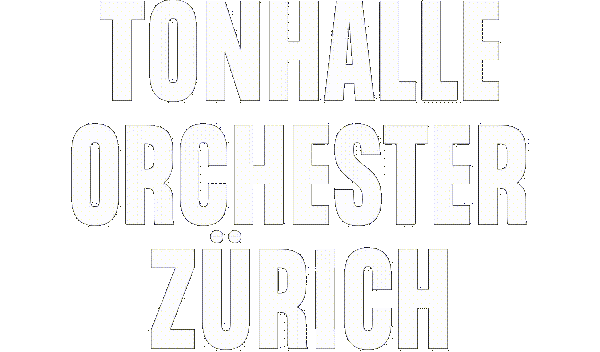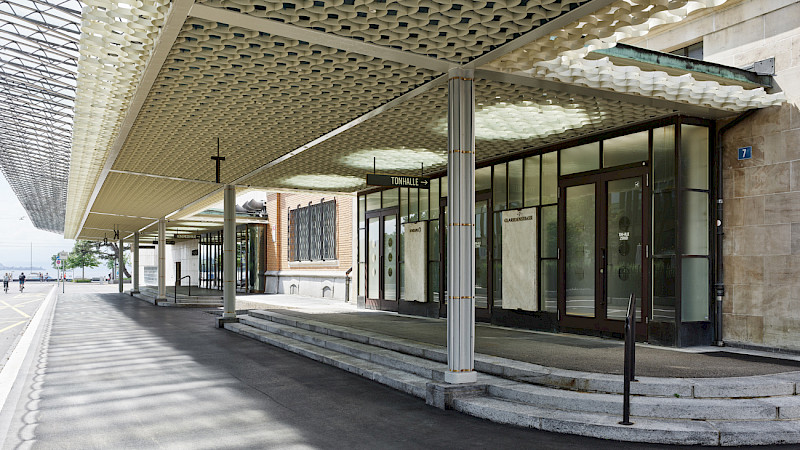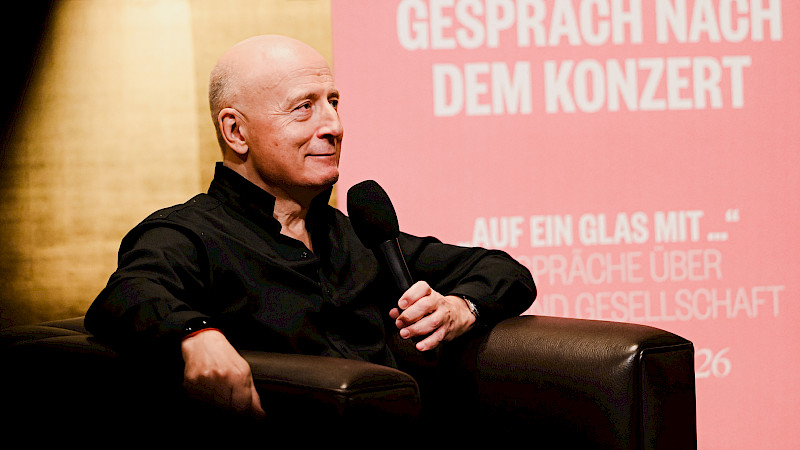
The art is in the detail
Augustin Hadelich not only devotes himself to every single note in the musical text. He also scrutinises the history of a work so that only the music exists at the moment of performance.
The view that Augustin Hadelich gives his violin while playing is unique. This becomes particularly tangible when a camera manages to capture a close-up of the musician and instrument: even through the screen, this touching and fragile tension can be felt as he watches his own hand, as if it does not belong to him, but rather to the instrument from which the notes flow.
The German-American violinist also appears on social media in a similar and yet completely different way. In addition to excerpts from his performances, he is present there with an independent format, without an orchestra and without a direct audience: "Ask Augustin" is the name of the 50-part series that has been created since the lockdown in spring 2020. In it, he addresses a wide range of technical and musical questions from the social networks, provides insights into his wealth of experience and career - and passes on his knowledge.
Dance of the voices
This broad and multi-layered knowledge also becomes tangible when Hadelich talks about Johannes Brahms' violin concerto, which he will present in Zurich. He describes the necessary interplay between all participants as a challenge: "In this work, the violin is a protagonist that defines its role in dialogue, in confrontation and in dance with other voices. The violinist, conductor and orchestra must communicate with each other like chamber musicians in order to create a convincing interpretation."
However, he is not only interested in the finished work, but also in the process of its creation: "It is fascinating to read the correspondence between Brahms and the violinist Joseph Joachim, for whom the concerto was written. When I saw the manuscript they sent back and forth, with each revision in a different colour of ink, I almost felt like I was listening in on their discussions about the piece!"
The cadenza most often heard today ultimately emerged from this exchange: it was written by Joseph Joachim himself, and Hadelich also adopted it at first. When it had played itself out for him at some point and the "idiosyncratic cadenza by Fritz Kreisler" no longer appealed to him either, he set himself the challenging task of "writing a cadenza in the style of Brahms that would fit into the perfect architecture of this great first movement".
Singing snapshots
It goes without saying that intensive engagement with the works is part of the professional profile of professional soloists. However, Augustin Hadelich even describes himself as "very obsessed with detail" and believes that attention to small passages can accumulate into an enormous difference in the sound of larger passages. In addition to meticulous attention to detail, one thing is particularly important to him: the "vocal element of the sound", as he wants to try to "sing as naturally as possible" together with his instrument.
It is therefore hardly surprising that in his own musical expression he focusses on "playing the way I want to hear the music". It seems just as natural when he barely notices the audience during the concert and instead listens very closely to the orchestra and his violin, creating those intimate moments that can be felt and seen in the hall.
We use deepL.com for our translations into English.





